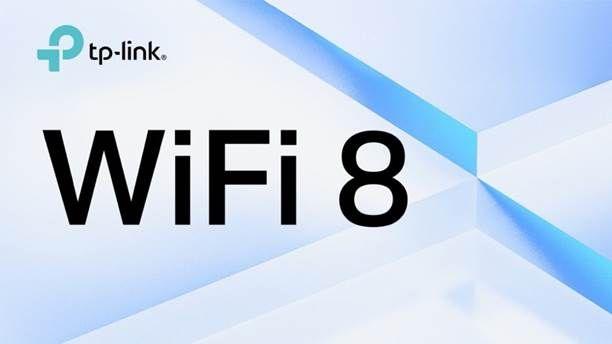
- TP-Link is testing a new Wi-Fi 8 802.11bn standard
- The prototype appears to have been developed thanks to a joint collaboration
- Wi-Fi 8 likely to boost reliability rather than speed
TP-Link says it is close to ushering in an “era of uncompromising reliability” with a successful first demonstration of Wi-Fi 8 (802.11bn) technology
The connectivity giant revealed that it transmitted data using a prototype device developed through a joint industry partnership, although it did not say who else was involved.
Wi-Fi 8 is likely to operate at 2.4GHz, 5GHz and 6GHz frequency bands and a theoretical maximum channel bandwidth of 320MHz with peak and speeds remaining at 46Gbps, although it should increase real-world performance by an expected 25% using smarter signal management.
A critical milestone
The prototypes tested had key features such as Enhanced Long Range (ELR) and Distributed Resource Units (DRU) to help improve performance and range, along with Unequal Modulation (UEQM) to help multiple devices get the best possible connection.
The focus of Wi-Fi 8 is primarily on reliability, rather than speed. Recently, Qualcomm revealed that its priority is stability, smoother performance with more connected devices, and reducing latency.
The technology is unlikely to reach certification until 2027, and is expected to be finalized sometime in 2028. TP-Link hasn’t specified the details of the feasibility milestone it has reached, but it looks like there could be a hardware partnership with another big player like Qualcomm or Intel.
“Wi-Fi 8 marks a fundamental shift,” explains Qualcomm, “going beyond peak speeds to prioritize reliable performance in challenging real-world conditions. It is designed to deliver constant, low-latency, and near-lossless connectivity, even in mobile and highly congested and interference-prone environments.”
The move toward reliability and high connectivity will seek to help customer devices operate in less than ideal conditions.
“This is especially important for client devices operating at the outer limits of AP coverage or in environments with signal degradation due to distance, interference, or power limitations,” the statement explains.
“The standard addresses these challenges with a variety of physical layer enhancements that work together to strengthen performance at the edge.”
Follow TechRadar on Google News and add us as a preferred source to receive news, reviews and opinions from our experts in your feeds. Be sure to click the Follow button!
And of course you can also follow TechRadar on TikTok for news, reviews, unboxings in video form and receive regular updates from us on WhatsApp also.



